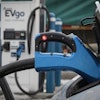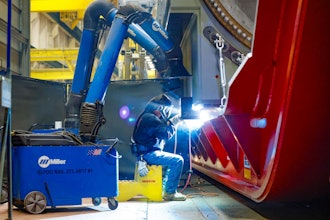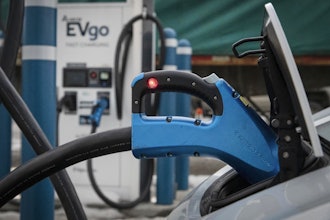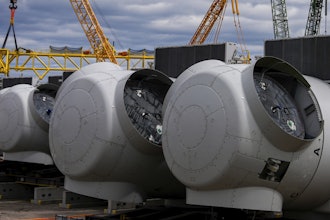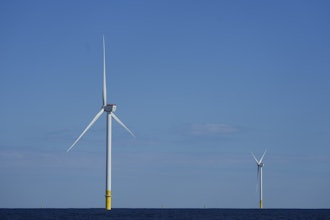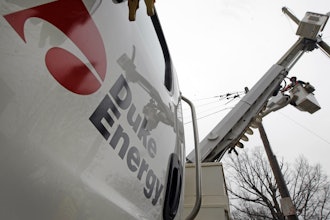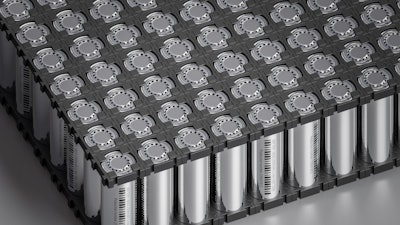
Scientists at the U.S. Department of Energy’s (DOE) Argonne National Laboratory announced the development of a membrane technology that efficiently extracts lithium from water.
Lithium, the lightest metal on the periodic table, plays a role in multiple applications, including electric vehicles, cellphones, laptops and military technologies. However, as demand for lithium skyrockets, concerns about supply and reliability are growing.
Most of the world’s lithium currently comes from hard-rock mining and salt lakes in just a few countries. The majority of Earth’s lithium is actually dissolved in seawater and underground salt water reserves, but extracting it has been prohibitively expensive, energy-hungry and inefficient.
Traditional methods struggle to separate lithium from other, more abundant elements like sodium and magnesium.
In salt water, lithium and other elements exist as cations, atoms that have lost one or more electrons, giving them a positive electric charge. The researchers claim that their new membrane offers a low-cost solution by using vermiculite, a naturally abundant clay that costs only about $350 per ton.
The team developed a process to peel apart the clay into ultrathin layers, just a billionth of a meter thick, and then restack them to form a kind of filter. These layers are so thin they’re considered 2D. However, untreated, the clay layers quickly fall apart in water.
To solve this problem, the researchers inserted microscopic aluminum oxide pillars between the layers, giving the structure the look of a high-rise parking lot under construction, with many solid pillars holding each “floor” in place. This architecture prevents collapse while neutralizing the membrane’s negative surface charge, a crucial step for subsequent modifications.
Next, sodium cations were introduced into the membrane, where they settled around the aluminum oxide pillars. This changed the membrane’s surface charge from neutral to positive.
In water, both magnesium and lithium ions carry a positive charge, but magnesium ions carry a higher charge (+2) compared with lithium’s (+1). The membrane’s positively charged surface repels the higher charged magnesium ions more forcefully than it does the lithium ions. This difference allows the membrane to capture lithium ions more easily while keeping magnesium ions out.
The researchers believe this breakthrough could have broader applications, from recovering other key materials like nickel, cobalt and rare earth elements, to removing harmful contaminants from water supplies.


